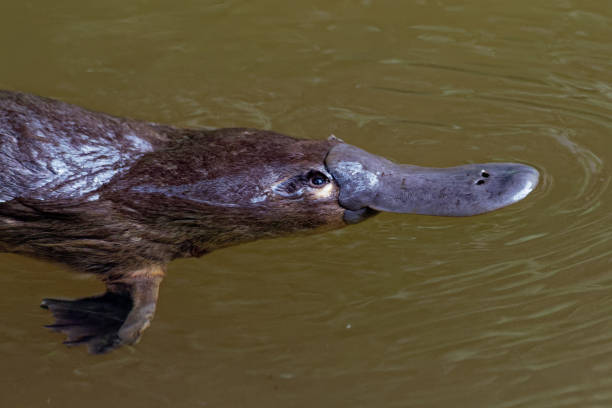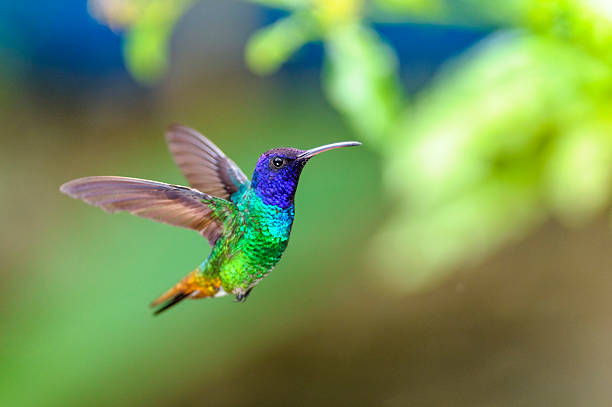A Close Encounter: Understanding the Intricacies of the Platypus
The peculiar platypus has captivated people's imaginations for centuries. In this article, we delve into the fascinating world of this unique creature, shedding light on its history, current developments in research, and the role it plays in the ecosystem.

A Journey Back in Time: The Platypus Story
The platypus belongs to the group of monotremes, one of the three main groups of mammals. Monotremes are unique as the only mammals that lay eggs instead of giving birth to live young. The platypus and four species of echidna are the only surviving members of this group.
When European naturalists first encountered the platypus in the late 18th century, they were baffled. Its duck-like bill, otter-like body, and beaver-like tail made it seem like an odd amalgamation of different animals. Many considered it a hoax until further specimens were examined.
A Species Like No Other: The Platypus Anomaly
The platypus is an anomaly in the animal kingdom. For instance, it possesses biofluorescence, a trait discovered recently. When exposed to ultraviolet light, the platypus fur glows, a feature unseen in most mammals.
Additionally, the male platypus carries a venomous spur on its hind legs. The venom is not life-threatening to humans but can cause severe pain. This feature is particularly unique as very few mammals possess venom.
The Platypus Habitat: A Fragile Balance
Primarily found in eastern Australia, platypuses inhabit small freshwater rivers and streams. They are excellent swimmers and spend much of their time in the water. However, they are also impacted by pollution and habitat destruction, which has led to a decline in their population in certain areas.
The Platypus Economy: A Potential for Conservation Tourism
The platypus is a symbol of Australia’s unique wildlife. Its distinct appeal has the potential to drive conservation tourism, a form of travel directed towards exotic natural environments, intended to support conservation efforts and observe wildlife. Developing this sector could aid in funding conservation efforts for this unique mammal.
A Future for the Platypus: Conservation Efforts
Understanding the platypus and its unique characteristics is essential for its conservation. Efforts are underway to protect their habitats, reduce pollution, and educate the public about this extraordinary creature.
In conclusion, the platypus, with its unique features and intriguing history, offers a fresh perspective on the diversity of life on earth. Its conservation is not only important for maintaining biodiversity but also has the potential to contribute to the economy through conservation tourism. As we continue to unravel the mysteries of this fascinating creature, one thing is clear - the platypus is a symbol of the intricate and diverse tapestry of life.





